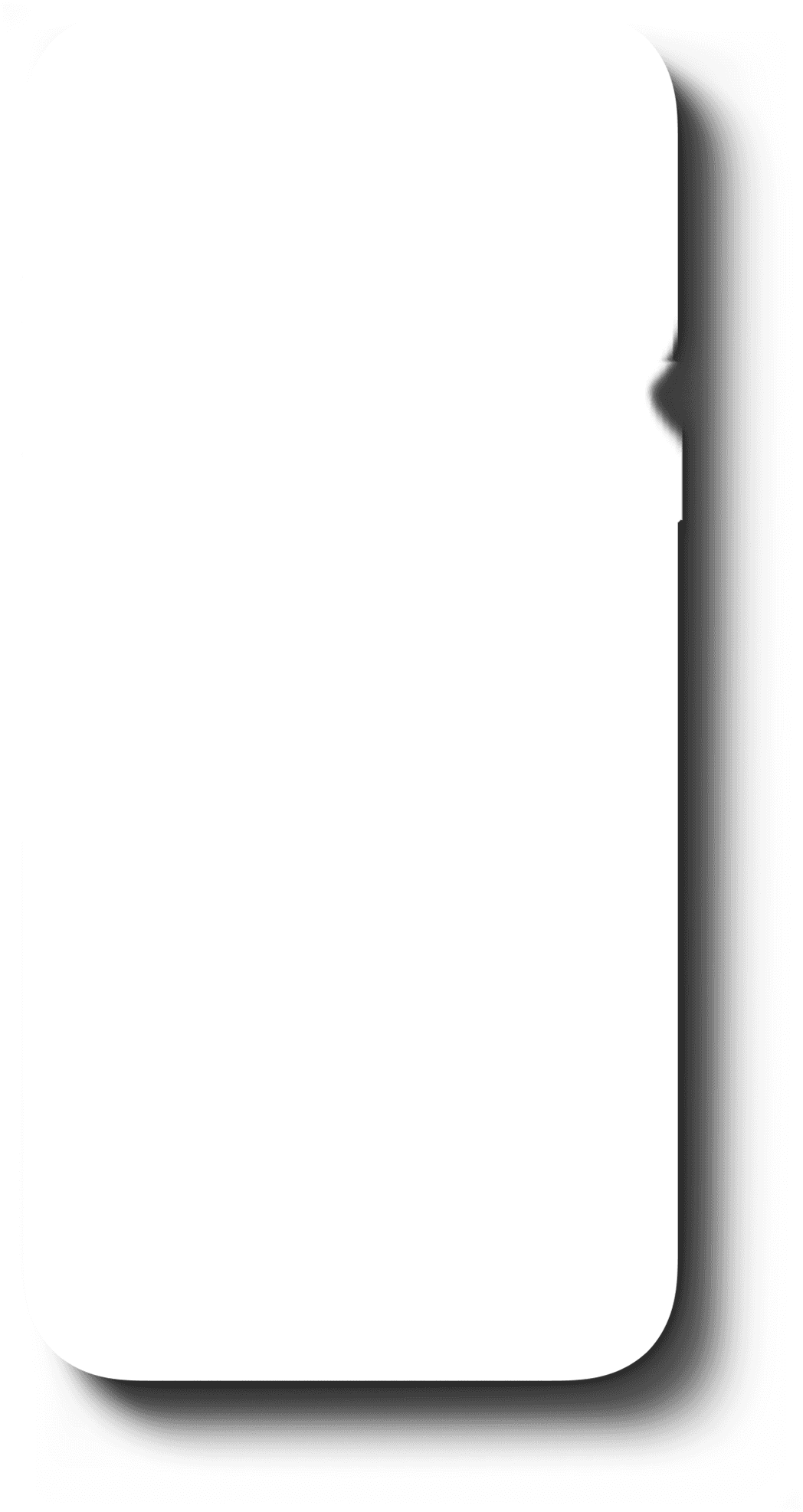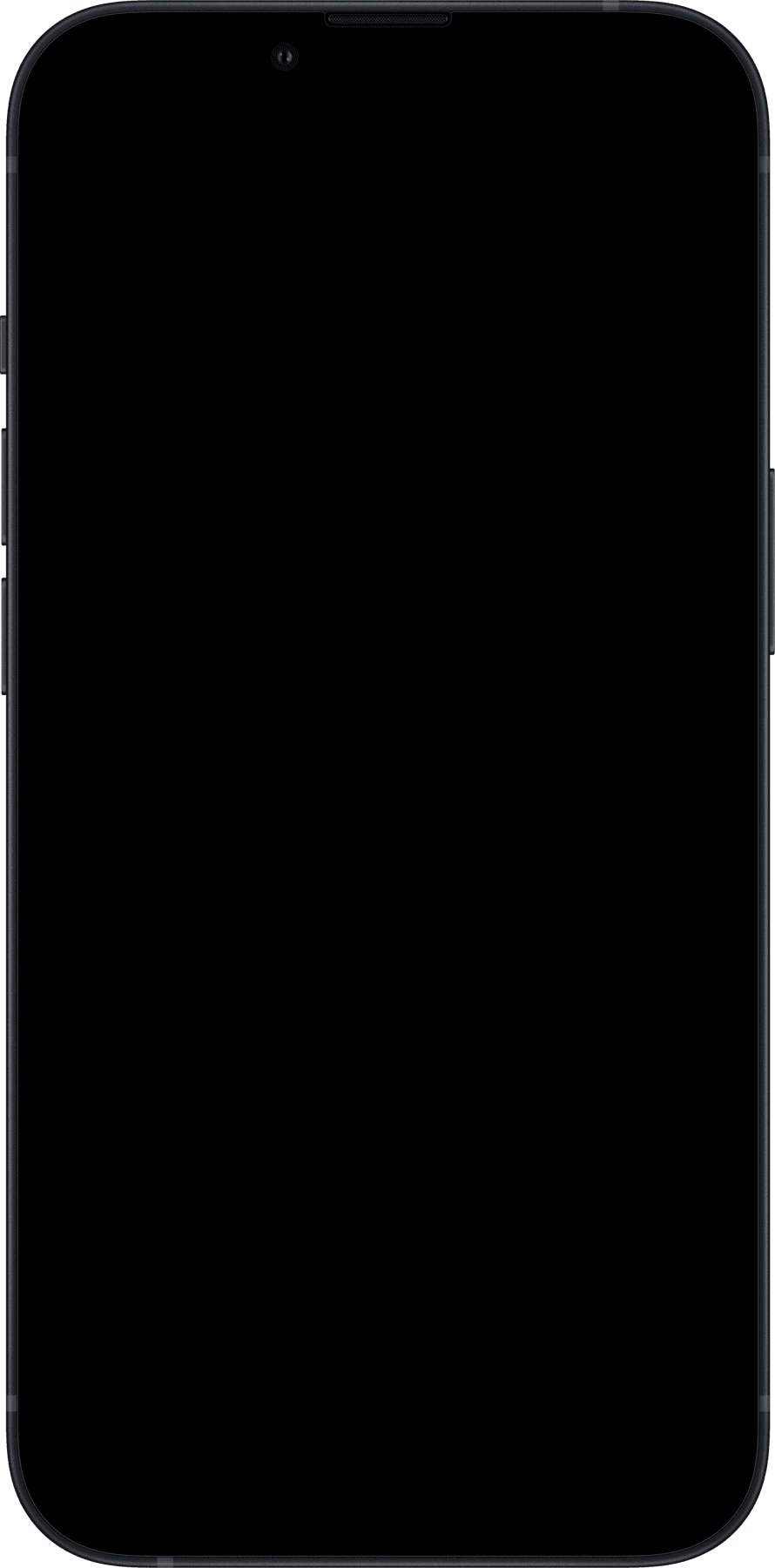Timeline:
May-July (6 weeks)
My role:
Solo student project
The problem:
There aren’t many ways a farmer can get information on what he needs for his crops
As the daughter of an agronomist engineer, I noticed that when facing an issue, a lot of farmers resorted to expensive and difficult solutions, due to lack of accessible information and resources..
Those who provide th e most guidance are sellers and they end up indicating what they have to sell and not the best option for the users
The solution:
Connecting.

White paper research:
As I began my research, I noticed most of the users are between the ages of 45 to 54, and most of them couldn’t even measure what they produced, due to lack of information.
"It was also observed that there are challenges to be overcome, since 75% of the interviewees cannot account for their production costs, nor measure the quantities sold. Still, there is a lack of technical consulting, water availability, and others, making the strengthening of this form of social organization near impossible."
Competitive analysis + the gap
The competition doesn’t connect the user with a consultant.
I analyzed agriculture related apps, and most of them only provide you with a specific tool for a specific problem, and none of them could connect the user with a person who could interpret the problem faced and provide spot on solutions. This was my opportunity to create Zenagro.



The farmer persona: Antônio
Name: Antônio
Age: 46
Education: Secondary Education
Hometown: Patrocínio, Minas Gerais, Brasil
Family: Wife, 5 daughters and 2 dogs
Occupation: Coffee farmer
“I want to know what the big farmers are doing so i can take care of my coffee plantation and make the most of it, and use the benefits the government has to offer (without having to pay, of course.)”
Goals:
He wants his coffee plantation to be hit by fewer pests
The farmer wants to know which products he can use to fight pests, and what recipes he can make so that he has a successful harvest
He wants to know which machines could be helpful in accelerating the harvest process
Frustrations:
He doesn’t understand how the government programs work to benefit him, so he doesn’t benefit from any of them
He loses about 5% of his coffee harvest because of coffee weeds, and he doesn’t know how to fix the issue
He invested a lot of money on unuseful machines because of lack of information
2 times a year, every year there is a coffee harvest in Antonio’s farm. His daughters help him manage the farm, and act as workers themselves. The outcome of the harvest is not predictable 100% of the time, and they might face some issues, like pests, weeds, climate changes and overall planting conditions. This can cause the income of the family to be volatile, causing them to seek a solution for this problem. Problem is: finding a solution without professional advice can lead to unnecessary buys, causing them loss of money and






















Design proccess
Putting accessibility first
At first, I thought that booking in-person meetings would be best, but digging deeper into the white paper research, I noticed that I needed to make things accessible. And with that, I decided online meetings would best fit the user’s needs.
The final result
Finished app screens

Prototype

What i would do differently next time:
It’s okay to change things up.
At first, i was hesitant of changing my original project screens, and it took way more time to actually get to a point where i was satisfied with the final outcome. Change is important, and it’s how you get there.
Use more app references
To get inspiration, it’s good to look up inspirations on apps out there, and observe the good and the not so good in each design. It saves time, teaches you something and improves your design abilities.
Timeline:
May-July (6 weeks)
My role:
Solo student project
The problem:
There aren’t many ways a farmer can get information on what he needs for his crops
As the daughter of an agronomist engineer, I noticed that when facing an issue, a lot of farmers resorted to expensive and difficult solutions, due to lack of accessible information and resources..
Those who provide th e most guidance are sellers and they end up indicating what they have to sell and not the best option for the users
The solution:
Connecting.

White paper research:
As I began my research, I noticed most of the users are between the ages of 45 to 54, and most of them couldn’t even measure what they produced, due to lack of information.
"It was also observed that there are challenges to be overcome, since 75% of the interviewees cannot account for their production costs, nor measure the quantities sold. Still, there is a lack of technical consulting, water availability, and others, making the strengthening of this form of social organization near impossible."
Competitive analysis + the gap
The competition doesn’t connect the user with a consultant.
I analyzed agriculture related apps, and most of them only provide you with a specific tool for a specific problem, and none of them could connect the user with a person who could interpret the problem faced and provide spot on solutions. This was my opportunity to create Zenagro.



The farmer persona: Antônio
Name: Antônio
Age: 46
Education: Secondary Education
Hometown: Patrocínio, Minas Gerais, Brasil
Family: Wife, 5 daughters and 2 dogs
Occupation: Coffee farmer
“I want to know what the big farmers are doing so i can take care of my coffee plantation and make the most of it, and use the benefits the government has to offer (without having to pay, of course.)”
Goals:
He wants his coffee plantation to be hit by fewer pests
The farmer wants to know which products he can use to fight pests, and what recipes he can make so that he has a successful harvest
He wants to know which machines could be helpful in accelerating the harvest process
Frustrations:
He doesn’t understand how the government programs work to benefit him, so he doesn’t benefit from any of them
He loses about 5% of his coffee harvest because of coffee weeds, and he doesn’t know how to fix the issue
He invested a lot of money on unuseful machines because of lack of information
2 times a year, every year there is a coffee harvest in Antonio’s farm. His daughters help him manage the farm, and act as workers themselves. The outcome of the harvest is not predictable 100% of the time, and they might face some issues, like pests, weeds, climate changes and overall planting conditions. This can cause the income of the family to be volatile, causing them to seek a solution for this problem. Problem is: finding a solution without professional advice can lead to unnecessary buys, causing them loss of money and






















Design proccess
Putting accessibility first
At first, I thought that booking in-person meetings would be best, but digging deeper into the white paper research, I noticed that I needed to make things accessible. And with that, I decided online meetings would best fit the user’s needs.
The final result
Finished app screens

Prototype

What i would do differently next time:
It’s okay to change things up.
At first, i was hesitant of changing my original project screens, and it took way more time to actually get to a point where i was satisfied with the final outcome. Change is important, and it’s how you get there.
Use more app references
To get inspiration, it’s good to look up inspirations on apps out there, and observe the good and the not so good in each design. It saves time, teaches you something and improves your design abilities.
Timeline:
May-July (6 weeks)
My role:
Solo student project
The problem:
There aren’t many ways a farmer can get information on what he needs for his crops
As the daughter of an agronomist engineer, I noticed that when facing an issue, a lot of farmers resorted to expensive and difficult solutions, due to lack of accessible information and resources..
Those who provide th e most guidance are sellers and they end up indicating what they have to sell and not the best option for the users
The solution:
Connecting.

White paper research:
As I began my research, I noticed most of the users are between the ages of 45 to 54, and most of them couldn’t even measure what they produced, due to lack of information.
"It was also observed that there are challenges to be overcome, since 75% of the interviewees cannot account for their production costs, nor measure the quantities sold. Still, there is a lack of technical consulting, water availability, and others, making the strengthening of this form of social organization near impossible."
Competitive analysis + the gap
The competition doesn’t connect the user with a consultant.
I analyzed agriculture related apps, and most of them only provide you with a specific tool for a specific problem, and none of them could connect the user with a person who could interpret the problem faced and provide spot on solutions. This was my opportunity to create Zenagro.



The farmer persona: Antônio
Name: Antônio
Age: 46
Education: Secondary Education
Hometown: Patrocínio, Minas Gerais, Brasil
Family: Wife, 5 daughters and 2 dogs
Occupation: Coffee farmer
“I want to know what the big farmers are doing so i can take care of my coffee plantation and make the most of it, and use the benefits the government has to offer (without having to pay, of course.)”
Goals:
He wants his coffee plantation to be hit by fewer pests
The farmer wants to know which products he can use to fight pests, and what recipes he can make so that he has a successful harvest
He wants to know which machines could be helpful in accelerating the harvest process
Frustrations:
He doesn’t understand how the government programs work to benefit him, so he doesn’t benefit from any of them
He loses about 5% of his coffee harvest because of coffee weeds, and he doesn’t know how to fix the issue
He invested a lot of money on unuseful machines because of lack of information
2 times a year, every year there is a coffee harvest in Antonio’s farm. His daughters help him manage the farm, and act as workers themselves. The outcome of the harvest is not predictable 100% of the time, and they might face some issues, like pests, weeds, climate changes and overall planting conditions. This can cause the income of the family to be volatile, causing them to seek a solution for this problem. Problem is: finding a solution without professional advice can lead to unnecessary buys, causing them loss of money and






















Design proccess
Putting accessibility first
At first, I thought that booking in-person meetings would be best, but digging deeper into the white paper research, I noticed that I needed to make things accessible. And with that, I decided online meetings would best fit the user’s needs.
The final result
Finished app screens


Prototype

What i would do differently next time:
It’s okay to change things up.
At first, i was hesitant of changing my original project screens, and it took way more time to actually get to a point where i was satisfied with the final outcome. Change is important, and it’s how you get there.
Use more app references
To get inspiration, it’s good to look up inspirations on apps out there, and observe the good and the not so good in each design. It saves time, teaches you something and improves your design abilities.

